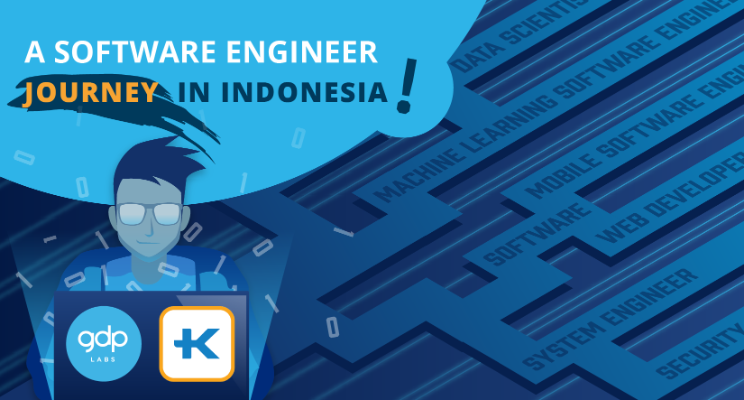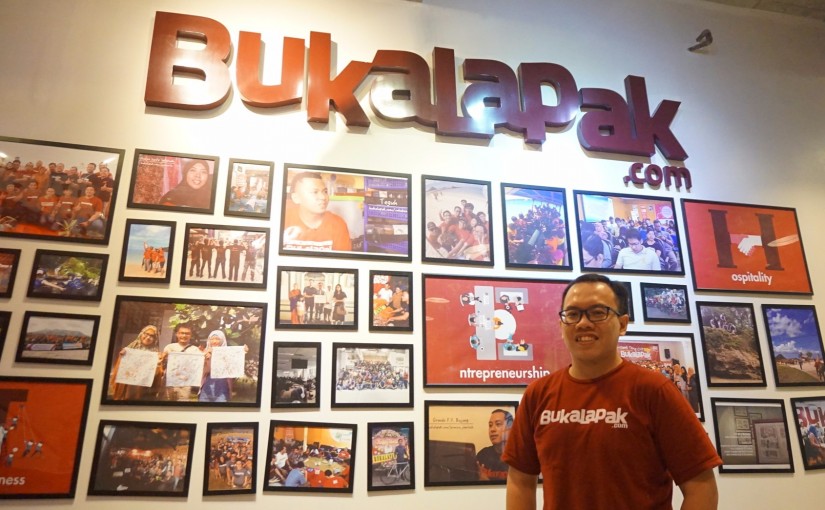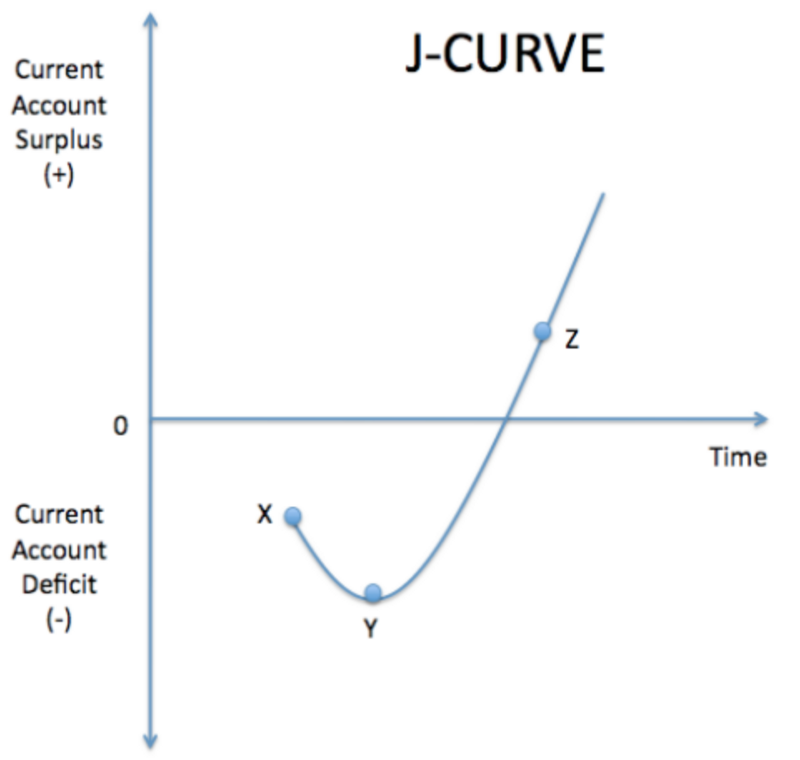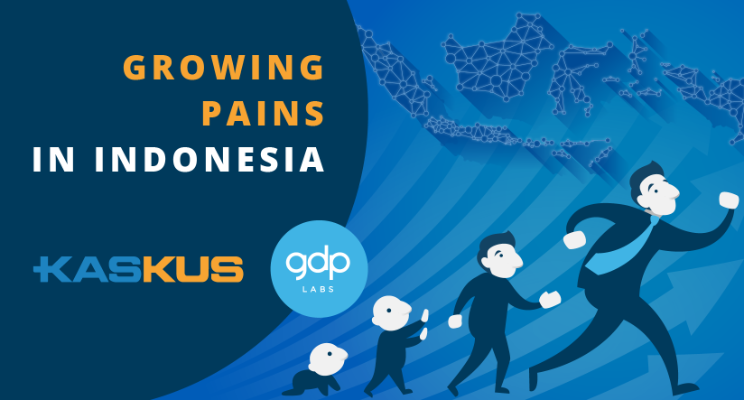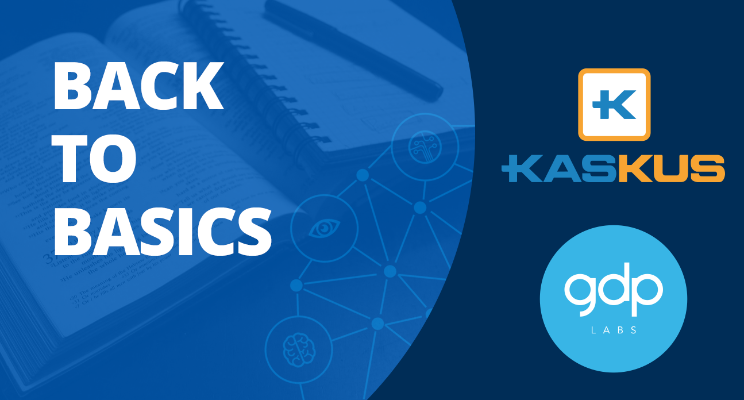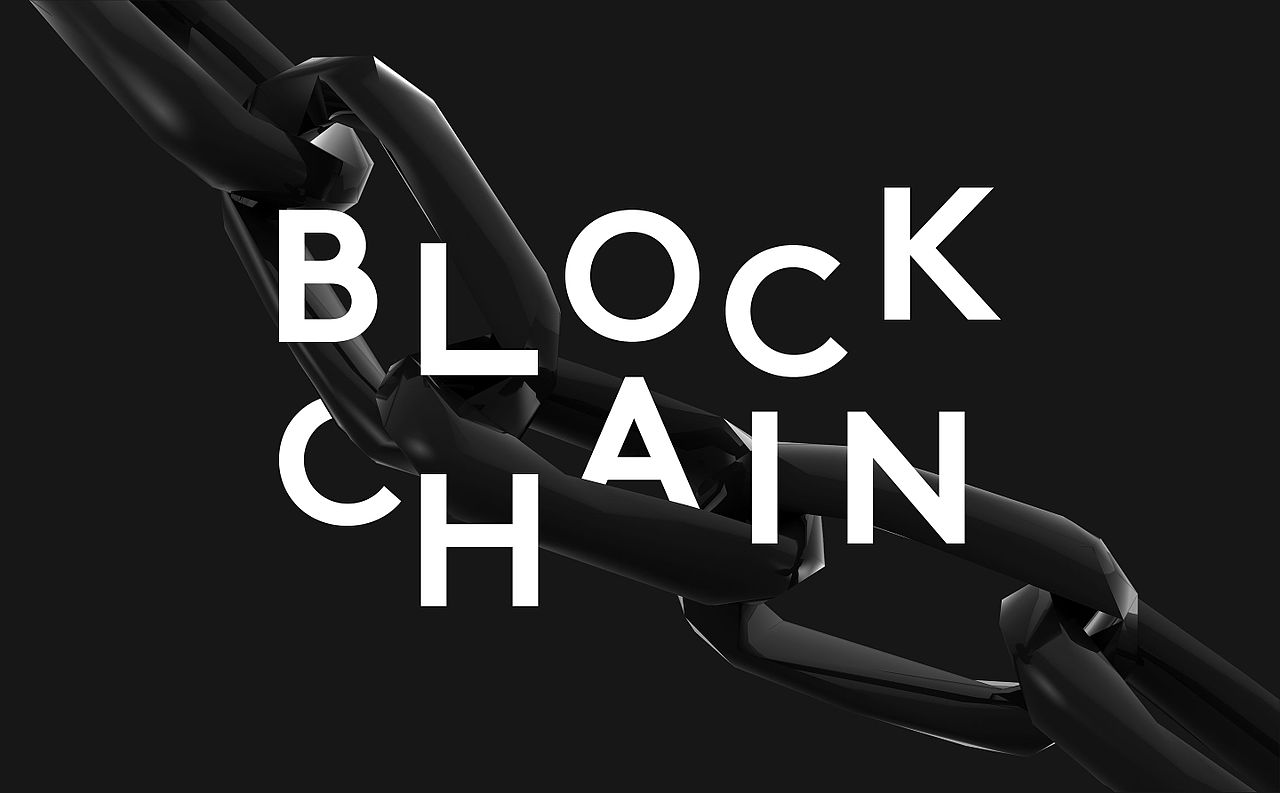Sejak 2012, saya telah bekerja di dalam yang sering disebut “industri startup” — yang dalam konteks ini pada dasarnya berarti startup teknologi — dengan bekerja di Wooz.in sambil membangun Ohdio.FM. Lima tahun terakhir saya lewati dengan sedikit penyesalan, sepertinya ketidakmampuan diri saya adalah faktor utama yang menyebabkan kedua startup yang saya jalani belum menjadi sukses besar. Tapi ini bukan tulisan introspektif.
Berbagai versi inkubator, akselerator dan VC pendanaan awal (seed) telah datang dan pergi dalam beberapa tahun ini, begitu pula VC untuk tahap-tahap pendanaan lain. Setelah berupaya mendapatkan kontak berbagai VC dan bertemu dengan mereka dalam rentang bulanan sampai tahunan, baru saya pahami gambaran besar soal tahapan-tahapan pendanaan.
Meskipun ada beberapa program seed/alpha baru-baru ini, kebanyakan dari jaringan atau VC dari luar negeri, terhitung akhir tahun lalu, hanya ada 2-3 program inkubasi startup yang besar. Ini bukan masalah karena mengelola inkubator tidak mudah, terutama karena banyak startup yang masih polos berpikir bahwa inkubator adalah jalan pasti menuju sukses (sori, nggak). Lalu medannya kosong, sampai VC-VC Seri A dan seterusnya yang akan memberikan uangnya pada startup yang cerdas dan mampu.
Semenjak hari-hari awal memasuki industri startup, saya sudah sering mendengar bahwa masalah besar startup Indonesia adalah scaling up, bergerak tumbuh. Sejauh pengalaman saya sampai hari ini, hal ini masih menjadi masalah. Ada banyak faktor yang memberi efek negatif terhadap pergerakan tumbuh, sehingga saya asumsikan ini adalah masalah tingkat industri, dan bukan hanya persoalan dengan para founder (tapi saya akui, untuk saya sendiri, ini menjadi persoalan).
Jadi, ada jalur yang putus antara tingkat seed/incubator sampai kantong-kantong uang di Seri A (yang tidak seseksi kedengarannya, karena biasanya investasi hanya akan berkesinambungan apabila kinerja startup tersebut dianggap baik pada KPI yang berdasarkan data). Program-program seperti Gerakan 1000 Startup, Telkomsel NextDev dan yang lainnya, membantu orang untuk membentuk kerangka berpikir yang sesuai untuk membangun dari ide sampai proses bisnis (dan ya, penekanannya pada eksekusi secara bisnis, bukan programming). Setelah itu, semuanya terserah Anda, punya uang maupun tidak dan siap atau tidak untuk menghasilkan uang, sampai Anda dapat berbicara lagi pada VC tingkat Seri A.
Supaya jelas: VC itu cari uang. Mereka menghasilkan uang (di atas kertas) dari peningkatan nilai pemegang saham dengan berinvestasi pada bisnis risiko tinggi, dengan harapan saham tersebut suatu hari dapat dijual dengan nilai berkali-kali lipat, atau bahkan pada harga-harga bursa saham. Ini sebabnya seed VC akan lebih melihat pada foundernya ketimbang bisnisnya, karena pada akhirnya ini sebuah pertaruhan terhitung.
VC Seri A biasanya hanya akan investasi ke startup yang sudah memenuhi hal berikut:
- Ada pasar cukup luas yang siap menerima produk/jasa, dengan data angka yang jelas
- Siklus bisnis yang sudah matang: proses dari akuisisi pelanggan sampai penjualan perlu sampai pada tingkat sudah ada biaya akuisisi pelanggan, dan tinggal masalah “nambahin bensin ke mesin”.
- Diutamakan pasar dengan kompetitor lain atau bisnis yang mirip di pasar lain, yang memberikan validasi tambahan pada model bisnisnya
- Tren startup saat ini. Ini bukan sekedar mengikuti “selera zaman”, tapi terkait dengan tahap investasi selanjutnya dan potensi exit (penjualan saham secara keseluruhan). Makin banyak pihak yang tertarik pada sebuah industri, makin tinggi kemungkinan exit.
Pasti banyak contoh yang tidak mengikuti prinsip-prinsip di atas, tapi ini merupakan kesimpulan dari berbagai pertemuan dan diskusi saya dengan berbagai VC dalam upaya menggalang dana investasi.
Nah bagaimana caranya untuk bergerak dari teknologi yang terbukti, ke siklus bisnis yang dapat berulang, dan bergerak tumbuh sampai layak mendapatkan Seri A?
Sepertinya ini masalah dengan beberapa startup di Indonesia. Mungkin tidak cukup mentor atau jaringan untuk membantu ribuan startup yang ada di Indonesia, dan tidak banyak VC mau investasi di tahap pra-Seri A, yang pada akhirnya sama dengan bertaruh pada investasi seed, tapi dengan uang lebih banyak (sehingga risiko untuk tidak balik modal lebih tinggi). Banyak startup-startup yang sudah bertahan dari tahun-tahun awalnya, beralih menekankan pemasukan ketimbang pertumbuhan. Tidak ada masalah dengan itu, hanya saja, perusahaan-perusahaan ini tidak akan tumbuh dengan cepat.
Di sisi lain, beberapa VC telah menemukan cara untuk memanfaatkan dana VC untuk investasi ke real estate — melalui jaringan co-working space. Ini baik untuk para VC, tapi dana yang bisa diakses untuk perusahaan lain yang membutuhkan pertumbuhan jadi berkurang.
Jadi, bagaimana alternatif jalan keluarnya? Mari kita diskusi ide.
–
Disclosure: Artikel ini pertama kali terbit di Medium dalam bahasa Inggris dan dipublikasi ulang atas izin penulis, Ario Tamat.
Ario adalah co-founder Ohdio, layanan streaming musik Indonesia. Ia bisa dikontak melalui Twitter di @barijoe atau di blog-nya di http://barijoe.wordpress.com.

